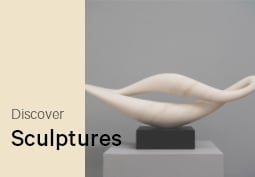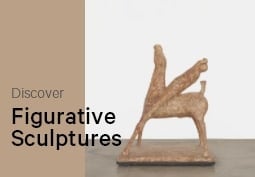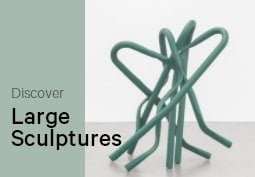Articles and Features
Masters of Illusion.
Top 10 ContemporaryTrompe l’Oeil Artists
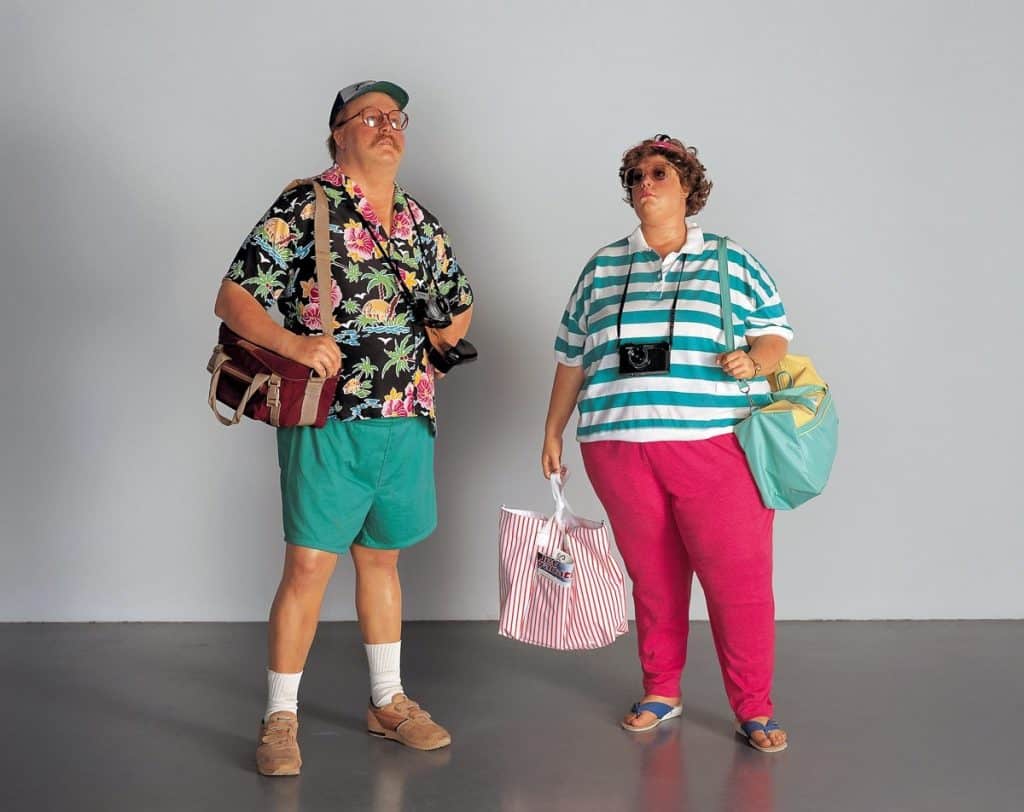
Meaning literally ‘deceive the eye’, trompe l’oeil is an artistic device or conceit that has recurred in art production for hundreds of years. Partly demonstration of an artist’s virtuosity, partly entertaining delight for the viewer, trompe l’oeil is sometimes the central tenet or just a component of an artwork, used by the artist as a technical vehicle to make a wider comment. Generally speaking, the resultant effect is an optical illusion, with the work being something different than that which it appears to be. Virtuoso techniques include perspective to give the impression that the depicted object exists in three dimensions and materials that stand as substitutes for something they represent. But this technique is not limited to contemporary art, the earliest trompe l’oeil known is a painted fresco in Pompeii, depicting a bowl of fruit on a stone shelf. Art history is littered with famed and amusing examples, to the extent that a long and illustrious lineage can be traced with works that employ some kind of visual trickery. Our Top Ten list consists of some contemporary artists who have added to this canon in their own outstanding ways.
1. Duane Hanson
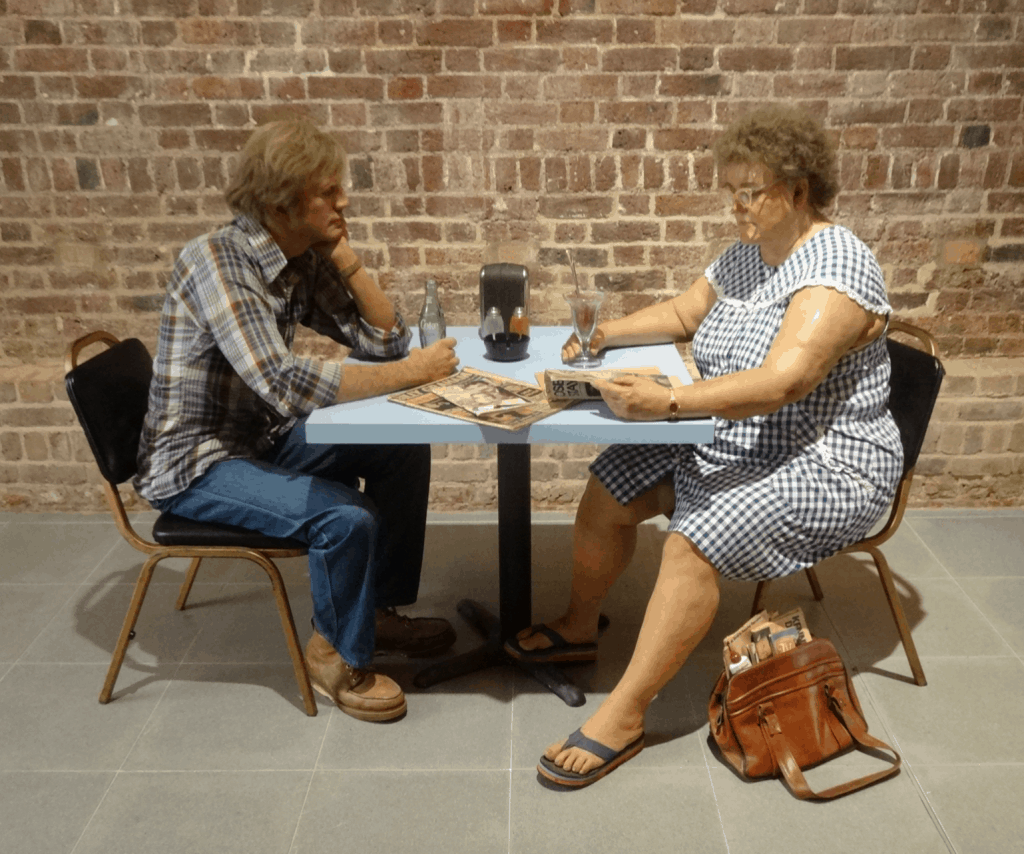
Duane Hanson was an American sculptor who came to prominence in the 1960s. Affiliated stylistically and conceptually with both Pop Art and with The Photo Realists (a movement which can be considered an analogue of trompe l’oeil, in that paintings are made to appear to be photographs), Hanson became famous for his life-sized, highly realistic sculptures of people arranged in everyday tableaux, often with a powerful social commentary, including tourists, shoppers, manual labourers and various exemplars of the (American) everyman. He cast the works based on human models in various materials, including polyester, resin, fibreglass, Bondo, paint, hair and clothing. Hyper realistically rendered and disquieting in their presence, these sculptures, cast from actual people, were painted to make the revealed skin look realistic, replete with veins and blemishes. Hanson then clothed the figures with garments from second-hand clothing stores or from the person who modelled for him. Hanson destroyed many of his earlier works— he felt that his later works were more emblematic of his mastery and that compared to them the earlier works were technically deficient.
2. Steve Wolfe
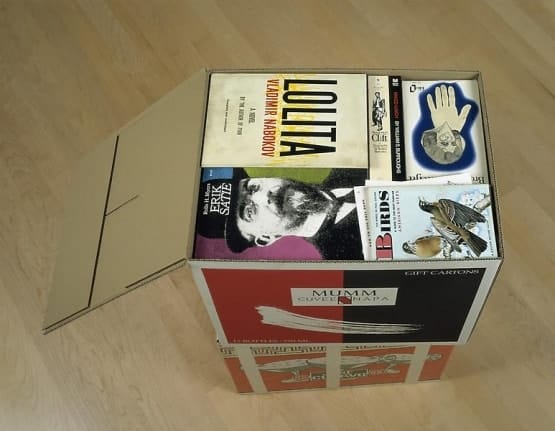
Cartons: Oil and screenprint on archival cardboard with wooden armatures
Books: Oil, screenprint, lithography, modeling paste, canvasboard, paper and wood.
Image Courtesy of Luhring Augustine.
Steve Wolfe is an American artist, who, for over 20 years, created trompe l’oeil sculptural works of astonishing crafted perfection and visual acuity. Using a variety of materials and processes, including oil, acrylic, screen printing, lithography, modelling paste, canvas, wood and aluminium, Wolfe sculpted and painted precise and exacting three-dimensional replicas of books and records containing personal significance. Iconic titles include Oscar Wilde’s ‘The Picture of Dorian Gray’, Dostoyevsky’s ‘Notes From Underground’, Alfred Barr’s ‘Cubism And Abstract Art’ and The Beatle’s ‘Revolver’. These dog-eared books and worn LPs are not only monuments to the relics of a personal narrative, but also manifestations of a fertile moment in American intellectual history. Wolfe’s painstaking reconstructions evoke an unexpected play between humble self-effacement and culture’s powerful capacity to have an impact on one’s existence.
3. James White

James White is a British artist who makes fastidiously detailed paintings of photographs. Painted in a crisply illuminated black and white palette, on aluminium, wood or plastic, his work has its origin in snapshot photographs taken of his environment both domestically and when travelling—a door that is slightly ajar, a glass of water left on a bathroom sink, a broom leaning against a wall. White’s greyscale paintings explore everyday minutiae and hint at a narrative moment where something has just happened or is soon to occur. The sources and references for the paintings are the artist’s own photographs, and, stripped of their original colour, shifts focus onto subject and masterful trompe l’oeil technique. Reminiscent of crime scene photography, or with the air of stills from film noir, White renders moments of silence, doubt and repose—subjects and feelings that have been the subject of art for centuries, whilst profoundly updating its implications.
4. Liu Bolin
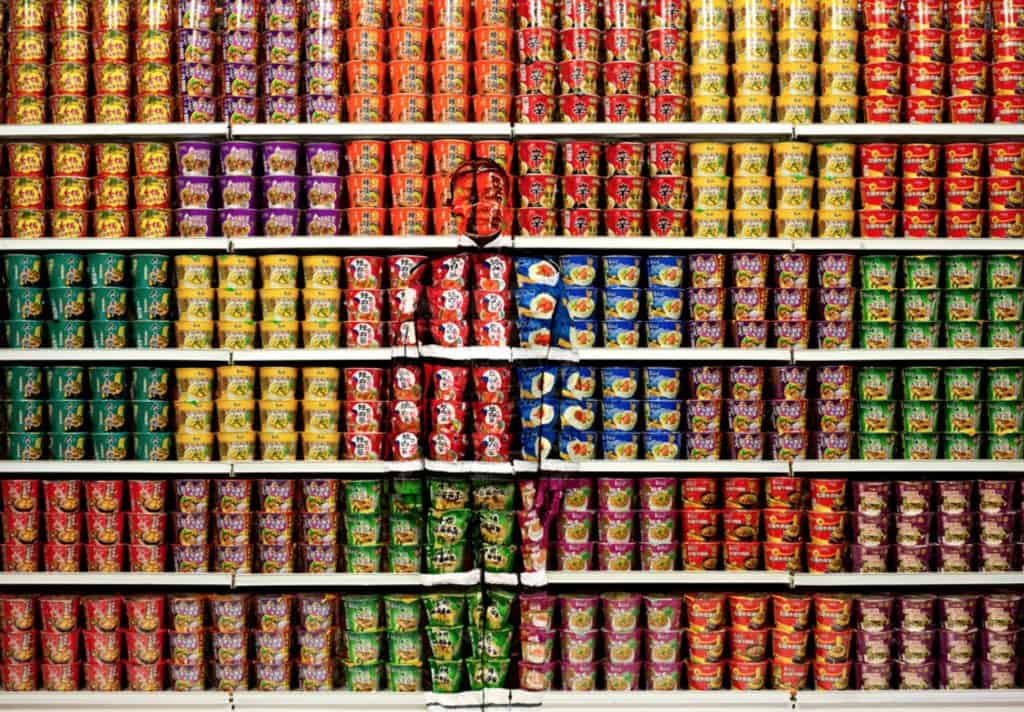
Liu Bolin is a Chinese performance artist and photographer known for using chameleon-like methods to camouflage and immerse himself in visual environments, earning him the nickname “The Invisible Man.” The artist’s Hiding in the City series camouflages Liu by way of paint, a “silent protest” aimed at the Chinese government’s policies in the years since the Cultural Revolution. “Disappearing is not the main point of my work,” Liu has said. “It’s just the method I use to pass on a message. It’s my way to convey all the anxiety I feel for human beings.”
5. Gavin Turk

Gavin Turk is a British artist who came to prominence in the YBA generation of the 1990s. Turk’s oeuvre deals with issues of authenticity and identity, engaged with modernist and avant-garde debates surrounding the myth of the artist and authorship of a work of art. Turk’s trompe l’oeil sculptures, cast in bronze, have addressed social issues in the form of homeless persons’ sleeping bags, and consumer waste in the form of packaging and trash bags. According to the artist, Pile represents “A bag full of discarded products, unrecycled organic matter thrown in with the by-products of our wasteful consumerist lifestyles. This rubbish is encapsulated in the formal roundness of this classic trompe l’œil artwork. We are defined by what we throw away and conversely we are deconstructed by what we choose to display in our hallowed museum halls.”
6. Banksy
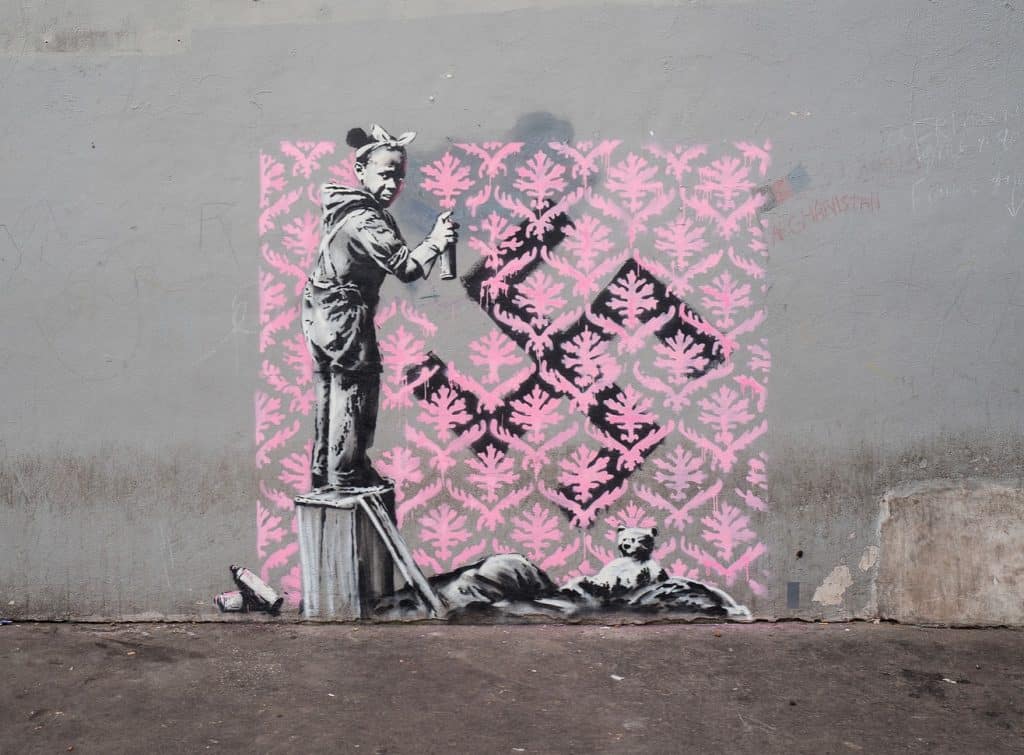
Banksy is a British artist and for over a decade the most celebrated urban street artist whose work has transcended the genre and become highly collected in its own right. His guerrilla artworks graffitied in public places and made anonymously and in total secrecy, get noticed by the general public after their completion, causing their sites to become famed places of art pilgrimage. Executed in spray paint with the aid of stencils, the objective is often to give the trompe l’oeil appearance of a real action taking place, most often to satirise or comment on prevailing socio-economic issues. During Paris Fashion Week in 2018, he revisited his 2008 work ‘Go Flock Yourself’, creating a new version as commentary on the current political situation in France and throughout Europe. Depicting a black girl painting a Victorian wallpaper pattern over a swastika, Banksy makes an obvious comment on the ineffective measures used by governments to eradicate the rise of right-wing and fascist tendencies in society.
7. Neil Gall
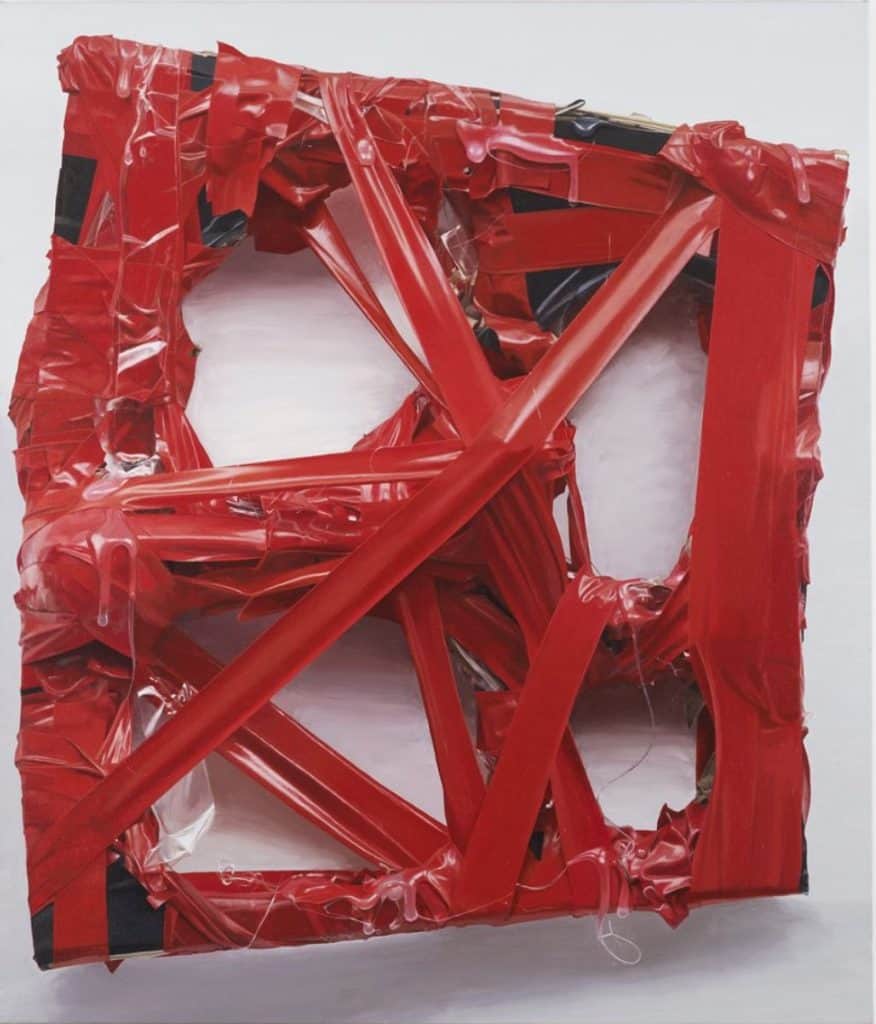
Neil Gall is a London based, Scottish painter, working with homespun sculptural processes including modelling and assemblage and often using simple household materials such as tape and other craft products in order to construct maquette. After creating his assemblages he will photograph them and then either render them in trompe l’oeil exactitude as two-dimensional paintings paint or as sculptures in bronze. Gall describes himself as an abstract painter, while implicitly and teasingly he acknowledges both in his works and their titles that everything is something and that abstraction begins with forms found in the real world. Gall selects particular titles for his paintings as a way to reframe the viewer’s interpretation of given works. Frequently in his titles, the artist makes allusions to art historical sources, among them Velázquez, Bronzino, Magritte, and his abiding influence, Poussin. In so doing, Gall playfully re-situates his own works within a longer narrative of Western culture.
8. Tony Matelli
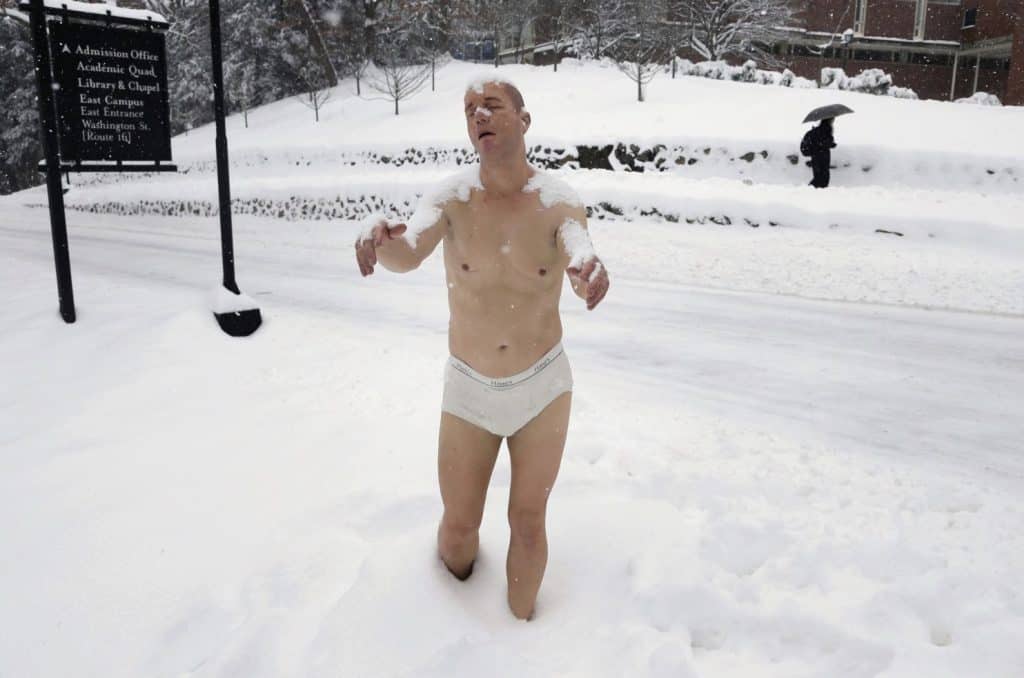
Tony Matelli is an American artist known for casting her realistic objects in bronze and placing them in unexpected places or surreal situations and placements. Incorporating figurative, botanical, and abstract forms in his sculpture, Tony Matelli creates uncanny objects that are both unsettling and comical. His bronze sculptures feature ropes frozen in mid-air as if the ropes were dropped on a plinth and cast just before collapsing into inert coils. Other works rely on unusual juxtapositions, such as his weeds series in which plants sprout from the space between gallery walls and floors, or pieces of fruit that are juxtaposed with classical statuary. Matelli discards traditional genre categories in favour of experiential concerns. “I like sculpture because it’s unwieldy, and there is a resistance to decoration in sculpture that I like,” he has said. He is perhaps best known for his work Sleepwalker, a life-sized figure of a man in his underpants, the notoriety of which arose from the placement of the work outside Wellesley College, an all women’s school, with many students petitioning for its removal on the grounds that it could easily be mistaken for a stumbling drunk or some other kind of sinister invasive perpetrator. The work was subsequently installed on NYC’s High Line Park.
9. Susan Collis
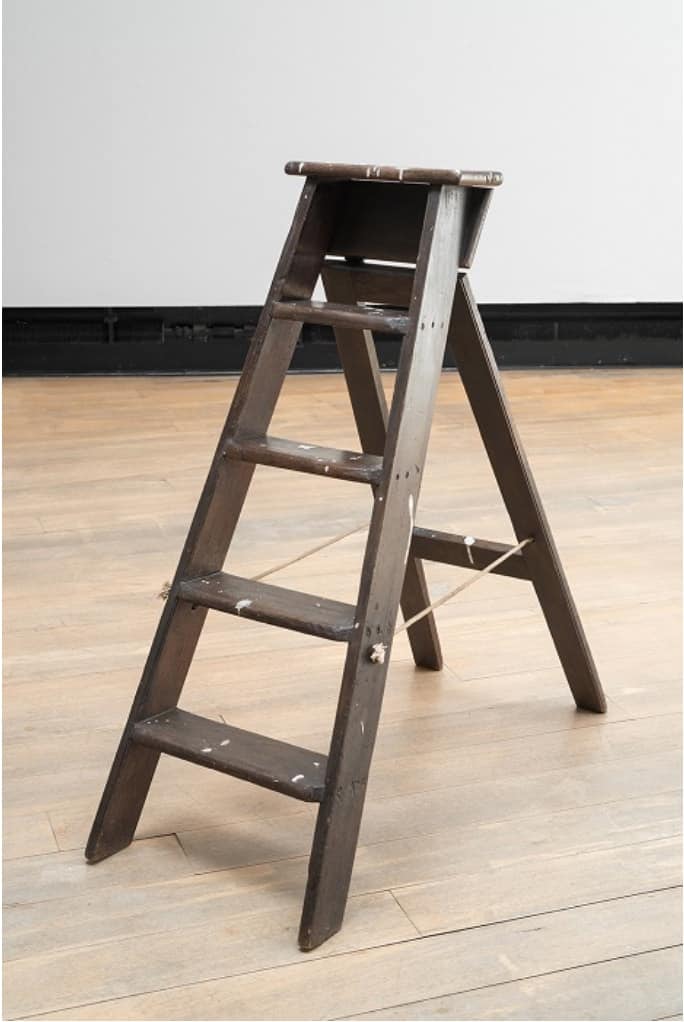
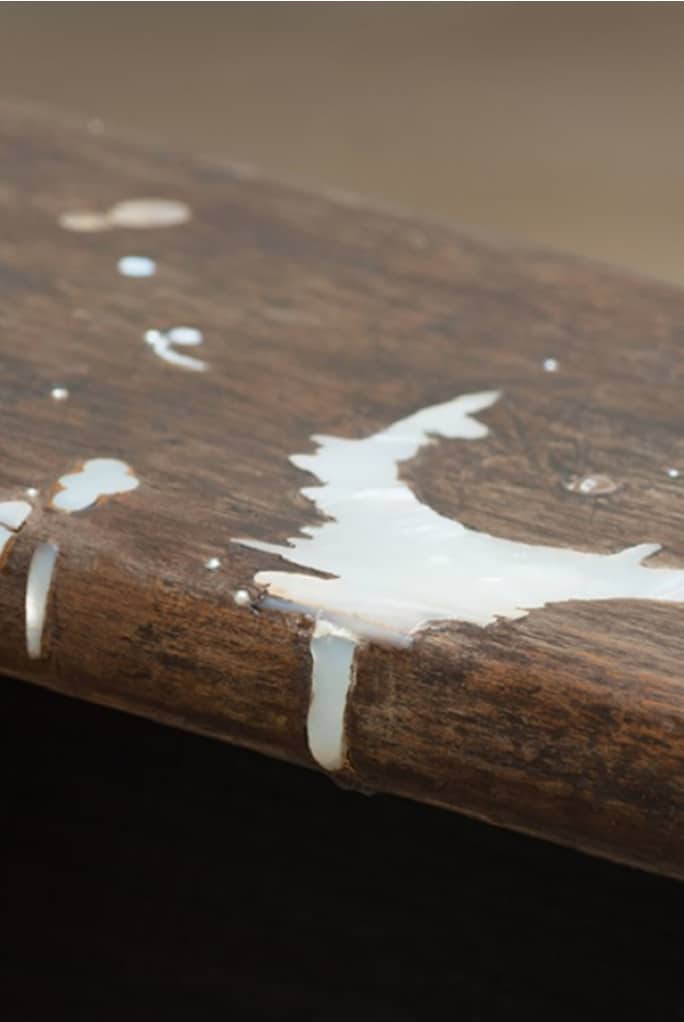
Susan Collis is a British artist known for crafting ordinary-looking humble household utilitarian tools and objects from valuable, luxury and precious materials. With her unique approach to sculpture, and the traditions of trompe l’oeil, Collis manages to elevate the mundane into objects of virtuoso craft, and in the process celebrate traditional artisan techniques such as metal casting, wood inlay and marquetry. Collis uses a variety of techniques and strategies to investigate issues concerning interpretation, craft, value and labour. Often appearing as paint splashed construction wood, simple screws, or drop cloths, and as if no artwork is present at all, her sculptures encourage viewers to take second, much closer looks, whereupon, under scrutiny, they can delight in both the minutiae of her incredible skill and the beauty of objects that at first glance have no value at all. Objects presented are etched, splattered and stained with marks of work, wear and tear. At first glance, the marks seem to be the accidental results of normal use, and as such seem meaningless and not worthy of examination. Collis is interested in the shift of perception that takes place upon discovery that they are, in fact, careful, intentional acts, and that the materials used are traditionally valued for their financial or decorative properties. A tired stepladder covered with paint drips from years of use has been simulated by the meticulous inlaying of diamonds, mother of pearl, opals and other prized materials.
10. Lieven Hendriks
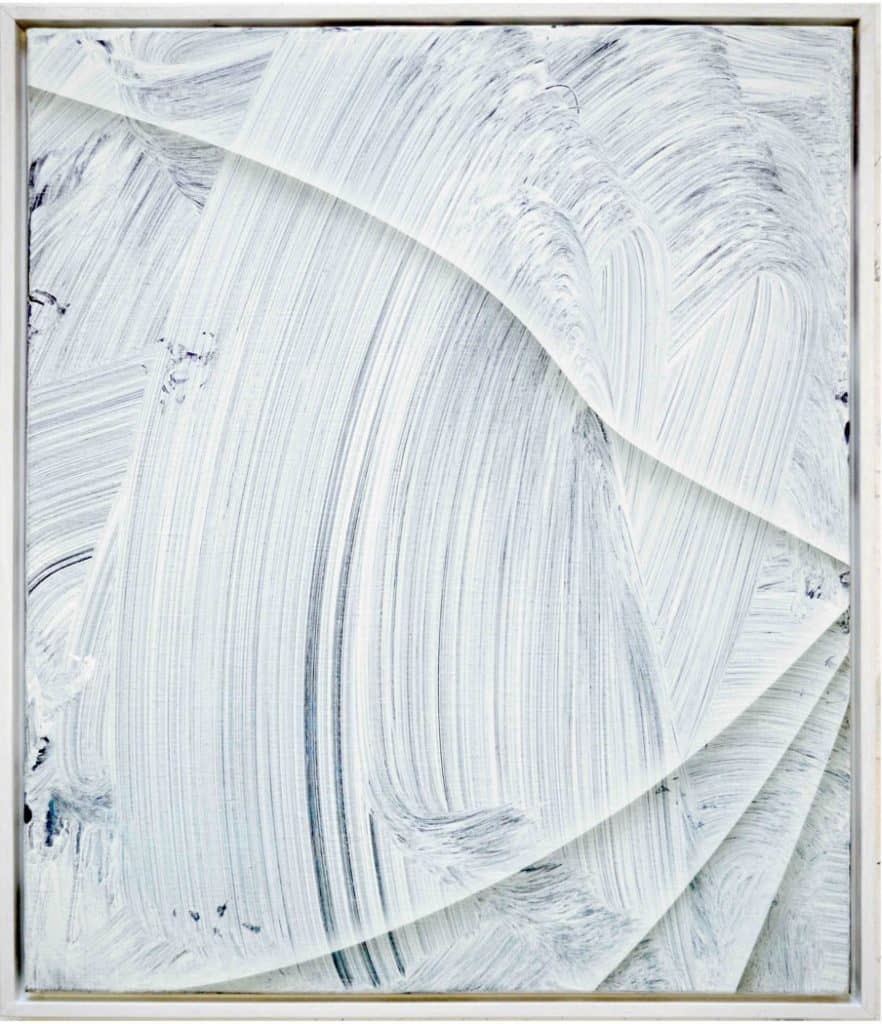
Lieven Hendriks is an emerging Dutch artist who explores how abstraction and everyday surfaces bear strong visual affinities to each other. Replicating the effects of paint on a window, cracked or stained glass, fingermarks in dust, ruffled fabric, and other kinds of subtle intervention into surface and structure, Lieven uses virtuoso trompe l’oeil painterly techniques to investigate the effects of human touch. Hendriks’ way of working leaves the spectator to doubt the reliability of his or her own glance. Our way of looking at paintings often possess a certain unchangeable quality, which Hendriks undermines by inserting a fleeting sense and temporality in his work. Although his images seem to be crystal clear at first, they actually make us doubt through their ambiguity, and question whether we are in fact looking at a painting at all.
Relevant sources to learn more
Learn more about the term trompe l’oeil at Tate
See the previous top 10 article about Pioneers of the shaped canvas.
